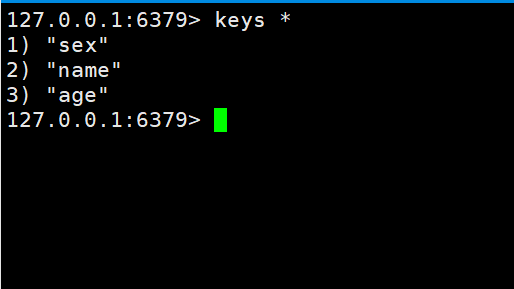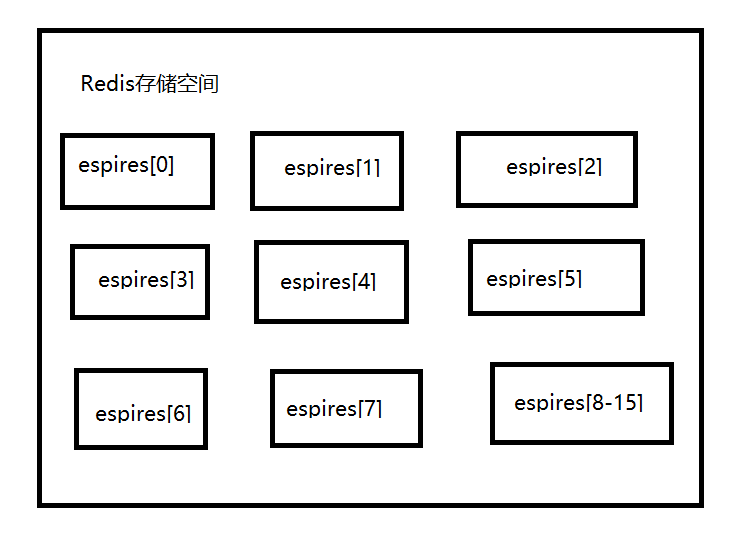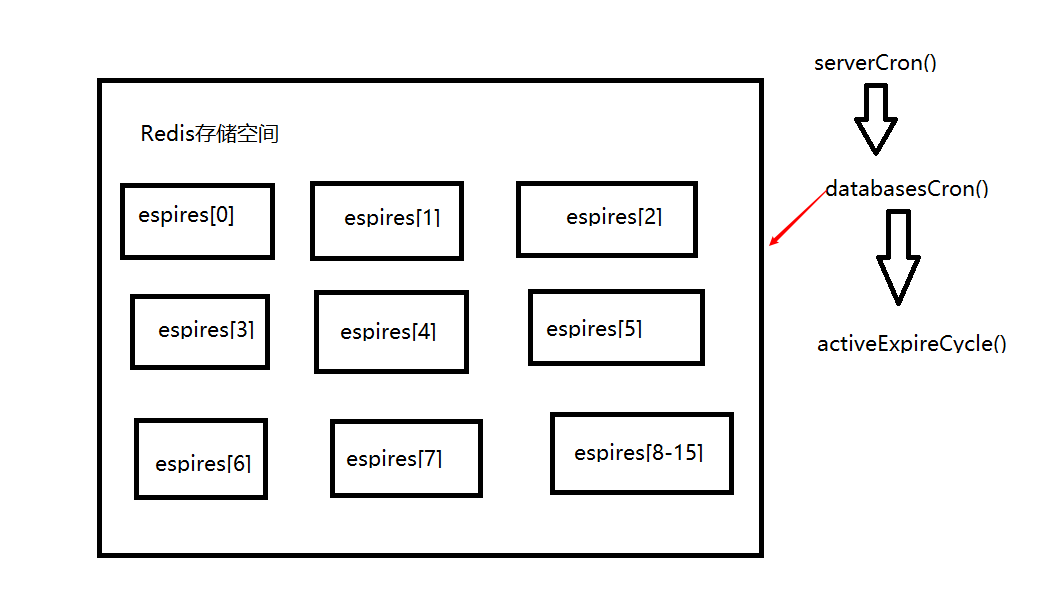Knowledge points of this article
Expired data concept
Data deletion strategy
Eviction algorithm
# Let’s first look at the three key values, namely sex, name, and age.
The instructions for setting these three values are set name kaka setex age 100 24 setex sex 10 1

In redis we can use ttl to get the status of a certain key. Let’s use ttl to get the above information respectively. For the status of name, age, and sex
, you can see three values, which are -1 775 -2
So what is the information given by these three values!
setex age 1000 24, expressed as the remaining validity time

Scheduled deletion is to write a timer, and then when the key time expires, the timer task will immediately delete the expired key
Advantages: You can imagine that the key will be deleted when it expires. It is definitely the most memory-friendly and saves memory.
Disadvantages: The single-threaded feature of redis is that all commands are executed in a certain order. Deleting the key value when it expires will put more pressure on the CPU, which will directly affect the redis server response time and IO
Scheduled deletion means using time in exchange for space
After the scheduled deletion is completed, the data corresponding to the key value will be deleted, and the expired memory area will also be deleted directly.

Come and see This picture will not be deleted directly after the key value expires. When will it be deleted? Continue reading

When we use lazy deletion, the data will not be automatically deleted when it expires, so his deletion method is , the next time the key value is obtained, a judgment will be made to determine whether the key has expired. If it has expired, it will be deleted.
That is to say, when get name is executed again, a function will be executed expirelfNeeded() This function is to determine whether the key has expired. Return nil when expired, and then delete it from the memory

In other words, this method is to trade space for time
We mentioned two deletion methods above, one is scheduled deletion and the other is lazy deletion. One is to trade space for time. One is to trade time for space. Both options are relatively extreme approaches. Then let's take a look at the implementation plan for regular deletion.
Let’s first take a look at the storage space of redis. There are 16 by default. There is a configuration parameter database in redis.conf that is controlled by this parameter. Each database has its own expiration partition, which stores data address and data expiration time.

Implementation method
redis is starting When, the value of hz under the server will be read, and the default is 10. This value can be viewed directly in the terminal using info server

Then the server will be executed hz times per second for serverCron() polling
Continue Use databasesCron to access the information of the 16 redis libraries one by one.
During the access, activeExpireCycel will be executed to detect each expires[*] one by one. The time of each execution is 250ms / server hz this parameter
When testing each expirs[*] one by one, ACTIVE_EXPIRE_CYCLE_SLOW_TIME_PERC will be randomly picked out for testing

Feature 1: No high peaks in CPU usage, custom setting of detection frequency
Feature 2: The memory pressure will not be very high, and the memory occupied for a long time will be continuously cleaned up
We mentioned three deletion strategies above, but these three strategies are only effective relative to the key with a validity period set.
Now that our redis uses insufficient memory, we will use the eviction policy to ensure the normal use of redis.
Redis will call freeMemorylfNeeded() to check whether the memory is sufficient before each command is executed. When it is insufficient, some keys will be cleared. This data clearing strategy is called Eviction policy.
#The parameter of the maximum usable memory of redis is: maxmemory. The default is 0. It refers to the proportion of physical memory occupied. Generally, it is set to 50%.
Select the number of keys to be deleted each time: maxmemory-samples
Deletion policy: maxmemory-policy
Let’s focus on the deletion strategy
Look at a picture next

The above is the deletion strategy and eviction strategy of redis for data.
One thing to note here is that in the eviction policy, volatile data refers to the key with an expiration time set, and is not a permanent value.
The whole database refers to all values, with expiration time and permanent data set.
The above is the detailed content of Redis deletion policy and eviction policy. For more information, please follow other related articles on the PHP Chinese website!
 Commonly used database software
Commonly used database software
 What are the in-memory databases?
What are the in-memory databases?
 Which one has faster reading speed, mongodb or redis?
Which one has faster reading speed, mongodb or redis?
 How to use redis as a cache server
How to use redis as a cache server
 How redis solves data consistency
How redis solves data consistency
 How do mysql and redis ensure double-write consistency?
How do mysql and redis ensure double-write consistency?
 What data does redis cache generally store?
What data does redis cache generally store?
 What are the 8 data types of redis
What are the 8 data types of redis